Problems With Artichoke Plants: Pest Control And Care Of Diseased Artichokes
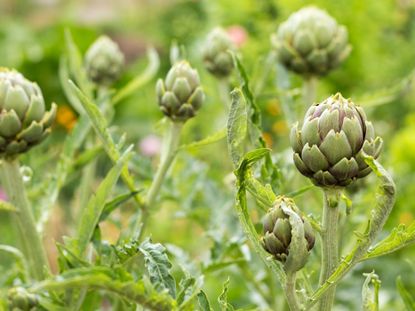

Artichoke plants are one of those prehistoric looking specimens that not only create a visual stir in the garden, but also produce delicious globes and unique purple flowers. The plants are relatively easy to grow and become monsters in the landscape. You may on occasion encounter a few problems with artichoke plants while growing them, and artichoke plants under attack may have insect or disease issues. Learn what to look for and how to deal with artichoke pests and proper care of diseased artichokes.
Problems with Artichoke Plants
When you consider the size and roughly serrated, tough leaves of an artichoke plant, it's hard to see what could harm these mighty thistle relatives. Some of nature's tiniest organisms can have their way with the plant and there are several fungal diseases that can compromise the plant's health. Young seedlings are prone to damping off, which is a soil borne disease that causes seedlings to wilt and die. Flying insect larvae eat all parts of the plant. Sucking insects feed on the sap and creeping snails and slugs make Swiss cheese of the foliage. Artichoke plants under attack by insects may need pesticides, but oftentimes the old “pick and squish” method will keep them from much harm.
Artichoke Plant Diseases
A watchful gardener can usually nip artichoke plant diseases in the bud. The most common diseases affect the leaves and include powdery mildew and botrytis. Powdery mildew leaves a white coating on foliage and is caused by fungi, which thrive in moist, warm weather. Botrytis blight is also a fungus but it prefers cool, moist environments and causes the plant to collapse. Curly dwarf virus has a cute name but the effects are detrimental. The virus is transmitted by sucking insects, like aphids, and produces a stunted, sickly plant. The majority of artichoke plant diseases can be avoided by crop rotation, pest management, and avoiding overhead watering. Some diseases, like verticillium wilt, are common on other crop plants like strawberries and lettuces. Avoid planting near these crops to avoid spreading disease. Care of diseased artichokes may involve removal of afflicted plant parts. Healthy, vigorous plants can withstand most artichoke plant diseases.
Artichoke Pests
Some of the most damaging pests are the sucking insects. These include aphids, mites, scab, and thrips. They can transmit dangerous artichoke plant diseases as well as reduce the plant's vigor. Chewing insects reduce the ornamental appeal of the leaves but can also kill the foliage if large numbers attack. Watch for leafhoppers, many forms of moth, cutworms, armyworms, and any other larvae. Do not let slow snails and slugs fool you. Their slow crawl up the stout stems of your artichoke can spell disaster for its leaves. Overnight eating patterns will create a lacy tapestry of foliage, which affects the plant's ability to gather solar energy. When you search for artichoke pests, don't forget to look underneath the huge leaves. The next generation of pest may be in egg form waiting to hatch and get eating. Blast the leaves with water in the morning to remove many insects. Apply horticultural soap or neem oil for heavier infestations and pick off larvae before they can do any serious damage.
Gardening tips, videos, info and more delivered right to your inbox!
Sign up for the Gardening Know How newsletter today and receive a free download of our most popular eBook "How to Grow Delicious Tomatoes."

Bonnie Grant is a professional landscaper with a Certification in Urban Gardening. She has been gardening and writing for 15 years. A former professional chef, she has a passion for edible landscaping.
-
 Urban Beekeeping Guide: Top Tips For Raising Bees In The City
Urban Beekeeping Guide: Top Tips For Raising Bees In The CityUrban beekeeping can be a rewarding and appreciated pastime, but first be sure it’s legal in your city and learn the ropes of beekeeping.
By Mary Ellen Ellis
-
 2024 Plant Of The Year: Why Experts Say Philodendron Is The “It” Plant Of The Year
2024 Plant Of The Year: Why Experts Say Philodendron Is The “It” Plant Of The YearWe aren’t surprised that philodendron was designated the plant of the year. Versatile, easy-care and lovely, it’s the houseplant of the year 2024!
By Bonnie L. Grant
-
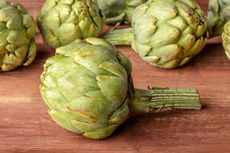 Green Globe Improved Artichoke: Learn About Green Globe Artichoke Care
Green Globe Improved Artichoke: Learn About Green Globe Artichoke CareGardeners grow plants either for their visual appeal or because they produce tasty fruits and vegetables. What if you could do both? The Green Globe Improved artichoke is not only a highly nutritious food but attractive when grown as an ornamental. Learn more here.
By Laura Miller
-
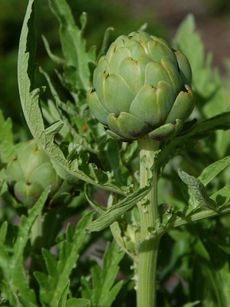 Imperial Star Artichoke Care: How To Grow An Imperial Star Artichoke Plant
Imperial Star Artichoke Care: How To Grow An Imperial Star Artichoke PlantSince Imperial Star artichokes were specifically bred for cultivation as a cold-climate annual, this variety is well adapted for home gardeners who are unable to grow artichokes as perennials. Learn more about this artichoke variety in this article.
By Laura Miller
-
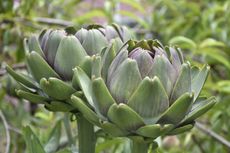 Artichoke Plant Types: Learn About Different Artichoke Varieties
Artichoke Plant Types: Learn About Different Artichoke VarietiesThere are several varieties of artichoke, some of which produce big buds with plenty of flesh, while others are more decorative. Click on the following article for information on different artichoke varieties that might be suitable for your region.
By Bonnie L. Grant
-
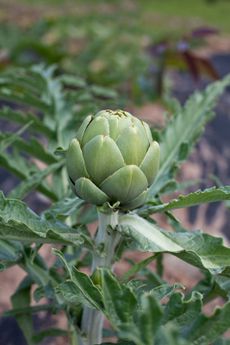 Container Grown Artichoke Plants: How To Grow Artichokes In Pots
Container Grown Artichoke Plants: How To Grow Artichokes In PotsIf you don’t think you have garden space for the large artichoke plant, try growing an artichoke in a container. Potted artichokes are simple to grow if you follow the container grown artichoke tips from this article. Click here to learn more.
By Amy Grant
-
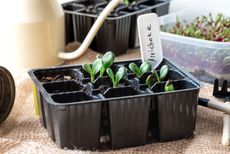 Artichoke Plant Propagation – How To Propagate An Artichoke
Artichoke Plant Propagation – How To Propagate An ArtichokeThe propagation of artichoke plants is believed to have originated in the Mediterranean area where this perennial thistle was considered a delicacy. For information on propagating artichoke plants to grow in the garden, click the following article.
By Laura Miller
-
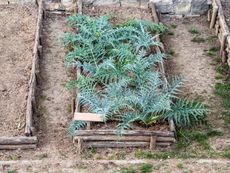 Artichoke Winter Care: Learn About Overwintering Artichoke Plants
Artichoke Winter Care: Learn About Overwintering Artichoke PlantsArtichokes are primarily cultivated commercially in sunny California, but are artichokes cold hardy? Overwintering artichoke plants isn’t difficult; it simply takes a little knowledge and planning. Click here for more information on artichokes in winter.
By Amy Grant
-
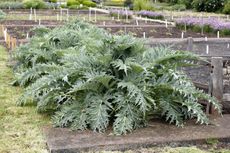 Artichoke Companion Planting: Learn About Artichoke Plant Companions
Artichoke Companion Planting: Learn About Artichoke Plant CompanionsIf you do choose to add artichokes to your garden, it's important to know which plants work well near them and which don't. This article has additional information about what to plant next to artichokes. Click here to learn more.
By Liz Baessler
-
 Picking An Artichoke - When And How To Harvest Artichokes
Picking An Artichoke - When And How To Harvest ArtichokesWhen and how to harvest artichokes in the home garden depends on the type you are growing. If you want to know how to tell when an artichoke is ripe, the information in this article can help.
By Susan Patterson